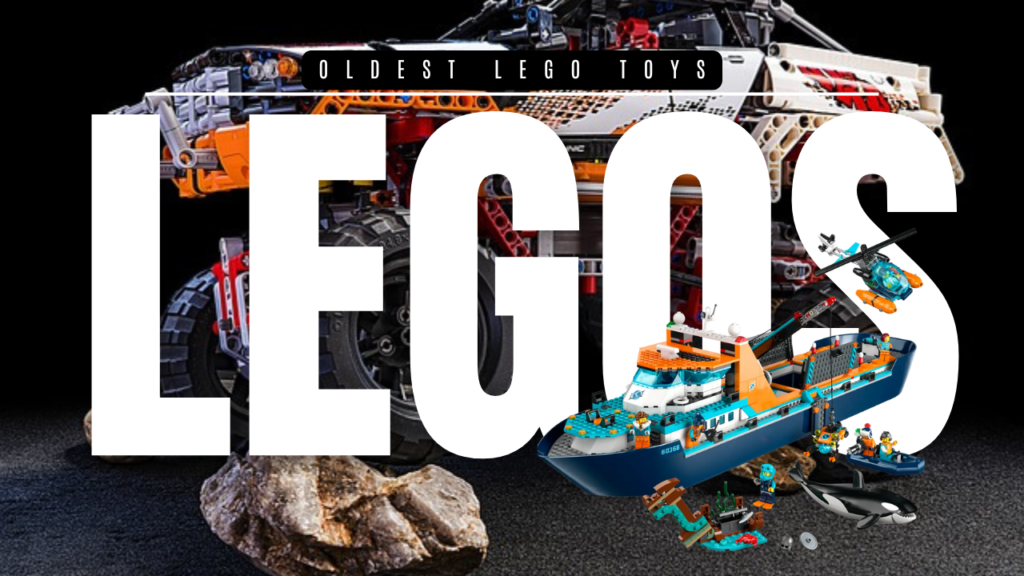
Introduction to LEGO’s Rich History
The LEGO Group, founded by Danish carpenter Ole Kirk Christiansen in the 1930s, has grown from humble beginnings into a cultural titan. Initially creating wooden toys, LEGO underwent a transformative shift in the late 1940s with the introduction of plastic bricks, establishing a hallmark of innovation and quality.
- Origins: Began with wooden toys in the 1930s.
- Key Innovation: Introduction of interlocking plastic bricks in the late 1940s.
- Impact: Set a new standard for durability and creativity in toys.
LEGO has evolved beyond just a toy brand, becoming a substantial cultural and educational force. Its bricks have inspired creativity and problem-solving in both children and adults, finding applications in art, architecture, and therapy.
- Cultural Impact: Influences art, architecture, and therapy.
- Educational Value: Enhances problem-solving skills and motor development.
- Popular Culture: Partnerships with franchises like Star Wars, Marvel, and Harry Potter.
LEGO’s expansion into themed sets, video games, movies, and TV series has further solidified its place in popular culture. The company’s dedication to sustainability and education, through initiatives like biodegradable bricks and LEGO Education programs, highlights its ongoing relevance.
- Media Expansion: Includes video games, movies, and TV series.
- Sustainability: Initiatives such as biodegradable bricks.
- Educational Programs: LEGO Education for various classroom subjects.
Unveiling the Oldest LEGO Toy: The Beginnings of an Era
LEGO’s journey began in the late 1940s to early 1950s with the creation of their first plastic bricks, known as Automatic Binding Bricks. These pioneering toys marked a significant milestone in toy history.
- Introduction: Automatic Binding Bricks were launched in 1949.
- Material: Constructed from cellulose acetate.
- Design: Featured pegs and hollow bottoms for stable stacking.
The bricks came in a limited color palette of vibrant primary colors, appealing to children and paving the way for the diverse hues seen in LEGO sets today. The educational value quickly became apparent as parents observed the developmental benefits.
- Colors: Red, yellow, blue, and white.
- Target Market: Initially children, with a broader appeal noted for educational benefits.
- Legacy: Set the stage for LEGO’s future growth and innovation.
The design and durability of the Automatic Binding Bricks exemplified LEGO’s commitment to quality, laying the foundation for the brand’s enduring success.
Evolution and Innovation: From the First Brick to Today’s Sets
LEGO’s evolution reflects a commitment to innovation and adaptation, starting with the first interlocking brick patented in 1958. This invention revolutionized the toy industry with its versatile and stable construction capabilities.
- Patented Design: Interlocking brick patented in 1958.
- Versatility: Allowed for stable and varied constructions.
- Enduring Quality: Compatibility with current LEGO bricks.
Key milestones include the introduction of themed sets in the late 1970s, which integrated narrative elements into building, and the debut of the LEGO minifigure in 1978, adding a new dimension to play.
- Themed Sets: LEGO Space and Castle was introduced in the 1970s.
- Minifigures: Added in 1978, evolving with detailed features and accessories.
- Technological Advances: LEGO Technic in 1977, LEGO Mindstorms in 1998.
Collaborations with popular franchises such as Star Wars, Harry Potter, and Marvel have broadened LEGO’s appeal. Recent innovations include the LEGO Super Mario series, featuring interactive figures and app connectivity.
- Franchise Partnerships: Star Wars, Harry Potter, Marvel.
- Technological Integration: LEGO Super Mario with app connectivity.
- Educational Tools: Continued focus on STEM and programming through various LEGO lines.
The Cultural and Educational Impact of LEGO
LEGO’s influence extends far beyond play, impacting culture and education significantly. Its ability to foster creativity and problem-solving skills makes it a valuable educational tool.
- Creativity: Encourages critical thinking and spatial awareness.
- STEM Education: Supports learning through initiatives like FIRST LEGO League and LEGO Education.
- Classroom Integration: Collaborates with educators to create tailored learning experiences.
The LEGO Ideas platform allows fans to submit their designs for potential official sets, fostering community engagement and democratizing the design process.
- Fan Involvement: LEGO Ideas platform for design submissions.
- Community Engagement: Incorporates fan feedback into official sets.
- Educational Legacy: Builds on the foundational values of creativity and innovation.
The legacy of LEGO’s earliest toys is evident in its modern achievements, demonstrating how a simple idea can evolve into a multifaceted cultural and educational phenomenon.